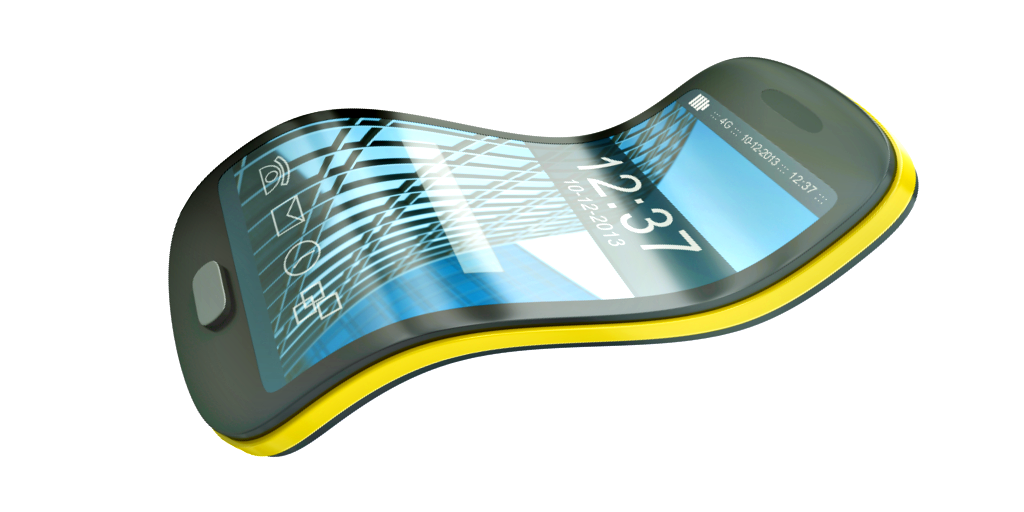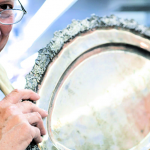It’s still early days for the technology, but it looks like folding touchscreen displays for TVs, smartphones, and other gadgets are going to be the next big thing in consumer electronics. Manufacturers like Sony, Samsung, Nokia, and others are still troubleshooting the best materials to use in flexible display technology – and silver definitely looks promising.
Touchscreen technology works by using tiny electrodes on the surface of the screen to receive input from a user’s fingers. Currently, more than 90% of touchscreen electrodes are made with indium tin oxide (ITO). But in a flexible display designed to bend forward and backward repeatedly, the ITO electrodes crack – lowering image fidelity and causing the touchscreen to lose input sensitivity. Substituting ITO with a material that would be conducive to flexing without sacrificing electrical conductivity has been one of the challenges in designing a mass-market flexible display.
With its flexibility, conductivity, and formability, silver is a nearly perfect replacement for ITO in making the touch-sensitive electrodes in folding screens. But, there is one critical drawback: opacity. Similar to the struggles that solar panel designers have faced with silver wiring blocking incoming sunlight, the network of silver electrodes can block the display’s outgoing light – reducing the perceived color and sharpness of the image.
However, there may be a way to overcome silver’s opacity issues. In our next post, we’ll explain how some manufactures are planning to use silver metamaterial to bring flexible displays even closer to reality.












